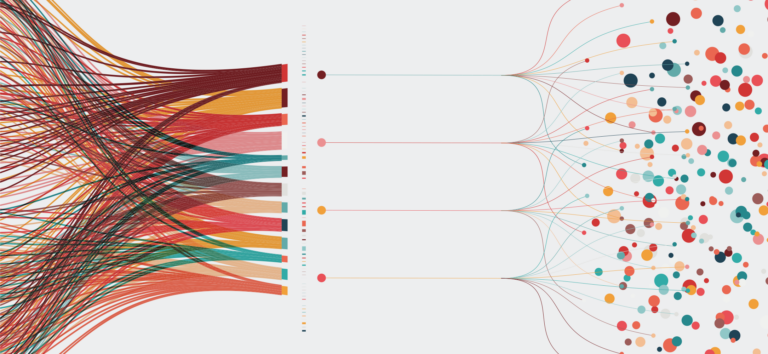While the primary focus of a customer data platform (CDP) is on all types of customer data, the right CDP software should also allow for the activation of other types of data to grow Return On Ad Spend (ROAS) and Profit on Ad Spend (POAS) significantly.
Let’s take a look at some best practices in this area.
Check out the new 2025 Gartner Critical Capabilities for Customer Data Platforms, courtesy of Treasure Data.
Additional Data Sources
There are several additional data sources that can be of importance for activation use cases. Within your data environment, you want to be sure that this additional information is also available, next to core customer information information. You may think of product details. This matters because you don’t want to promote personalized offers in advertising for products that are not in stock, or are predicted to go out of stock quickly. Another data source that can be interesting is fulfillment delivery status so customer service and the customer have that insight when interacting.
In order to apply mature modeling such as pCLT (predicted Customer Lifetime Value) on profit for retailers, we need supporting data signals such as product margins (cost of goods sold), product returns, and discounts applied. These signals must be part of the data platform in order to apply the modeling and fuel the bidding algorithms to steer on profitable customers and to find profitable look-alikes that are similar to the existing customer with the highest lifetime value of profit. Another example is campaign performance data because you want to have that insight to be able to steer these campaigns for optimal ROI.
There are other data sources that can be interesting as well. Google Merchant Center Best Seller or price competitive reports can be leveraged as additional information you can use for your marketing strategy. In addition you can use Google Search Console data for SEO purposes, Google Trends, and weather forecasts. Weather can be used to advertise raincoats automatically when showers are predicted in a certain region. These are all data sources that can be valuable together while used in conjunction with your platform to build activation solutions and personalization.
Here is a solution architecture of a global omnichannel fashion retailer who we built a CDP for. They label it a ‘Marketing Activation Cloud’.
On the left side, you see the data sources that I just described are added to the activation and analytics platform. Next to the Google Analytics data and the Google Marketing products, we also have Merchant Center data. Additionally we have Search Console data, of course, while relevant parts of ERP and CRM information are living here too. Also information from the affiliate partners and other search engine systems and social marketing tools. They are all ingested in near real-time where possible so that this information is available for all kinds of activation use cases. And next to that other interesting sources like weather data.
So don’t limit yourself to customer data only. It’s important to note that the results can be looped back into a data lake or other sources of the enterprise. So both the sources and the results can go beyond the customer scoping.
Predicting The Return Rate Of A Transaction
One other best practice when using metrics like Customer Lifetime Value (CLTV) for marketing optimization as a retailer is to have a proper model for predicting the return rate of a transaction. If you want to calculate the profit of a transaction, you want to be able to calculate that quickly, immediately after the conversion, to send the value of the conversion to a marketing advertising platform. The return period of the product is much longer, so you want to predict the return rate.
You could take a very simple metric which is the average return rate of a transaction in your market. However, for steering on profit, you want a much more accurate prediction model developed. The nice thing about a return rate model is that this is not product information only.
The average return rate of a type of product is interesting, but other features of the transactions help to make a more accurate return rate model. The number of products in the basket, and the number of the same type of products, indicate that either multiple sizes or multiple colors were bought. Also, the payment method is a feature of predictions. Buyers who pay later have a higher tendency to return products than people that pay directly.
Summary
Adding non-customer data to your CDP has significant benefits. Models like Customer Lifetime Value (CLTV) are powerful for optimizations of bidding strategies. Adding non-customer data such as profit to CLTV will make steering on POAS powerful and accurate because revenue is not the same as profit.
In addition, you might want an accurate prediction of the net value of that transaction. A best practice, in this case, is to add product margin, product discounts and product return to the model. This way you can bid higher on customers and look-alikes of the most profitable customers.
This approach will make advertising and search platforms algorithms focus on generating orders with high profit instead of simply high turnover. This value is then used as (predictive) conversion value in these platforms, which drives the bidding algorithm to optimize for more profitable orders. You will be pleasantly surprised by the uptake of adding non-customer data to the Profit On Ad spend POAS in your CDP.



